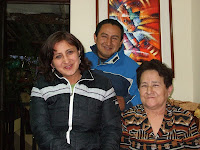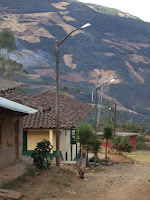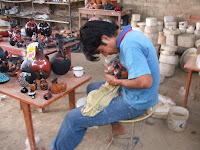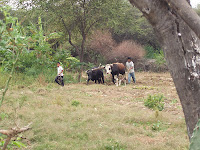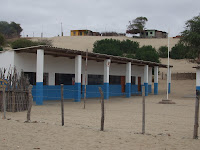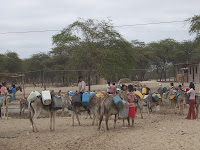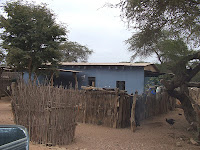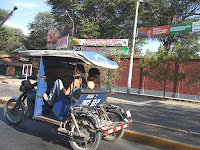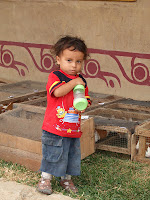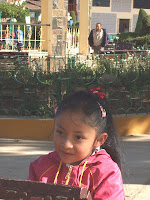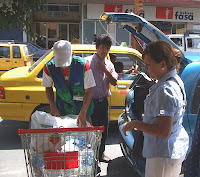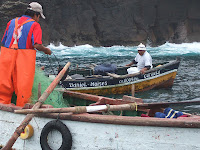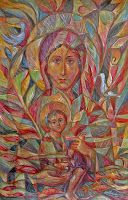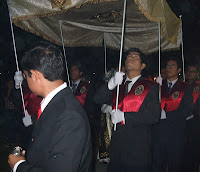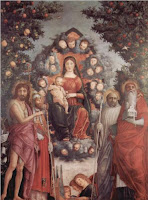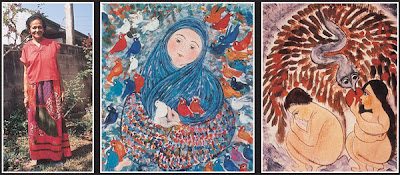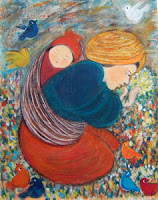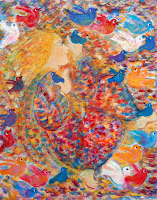 |
| The Trinity- Ethiopian |
 |
| Alcario Otero |
As the Fourth Lateran Council declared, "It is the Father who generates, the Son who is begotten, and the Holy Spirit who proceeds". While distinct in their relations with one another, they are one in all else. The whole work of creation and grace is a single operation common to all three divine persons, who at the same time operate according to their unique properties, so that all things are from the Father, through the Son and in the Holy Spirit. The three persons are co-equal, co-eternal and consubstantial.
Trinity Sunday is celebrated in all the Western liturgical churches: Roman Catholic, Anglican, Lutheran, most Presbyterians, Methodists, and many churches within the Cooperative Baptist Fellowship.
It is one of the few feasts that are celebrated as a doctrine instead of an event. It is also symbolic of the unity of the Trinity.
 |
| Arturo Olivas |
Justin Martyr (AD 100–ca.165) also writes, "in the name of God, the Father and Lord of the universe, and of our Savior Jesus Christ, and of the Holy Spirit." The first of the early church fathers recorded actually using the word Trinity was Theophilus of Antioch writing in the late 2nd century. He defines the Trinity as God, His Word (Logos) and His Wisdom (Sophia) in the context of a discussion of the first three days of creation. The first defense of the doctrine of the Trinity was in the early 3rd century by the early church father Tertullian. He explicitly defined the Trinity as Father, Son, and Holy Spirit and defended the Trinitarian theology against the "Praxean" heresy.
The most famous image of the Blessed Trinity is the icon of the Trinity was painted around 1410 by Andrei Rublev. It depicts the three angels who visited Abraham at the Oak of Mamre, but is often interpreted as an icon of the Trinity. It is sometimes called the icon of the Old Testament Trinity. Rublev is considered to be the
greatest medieval Russian painter of Orthodox icons and frescoes.
 | ||
| I arise today |
Through a mighty strength, the invocation of the Trinity,
Through the belief in the threeness,
Through the confession of the oneness
Of the Creator of Creation.
(from St. Patrick's Breastplate)







